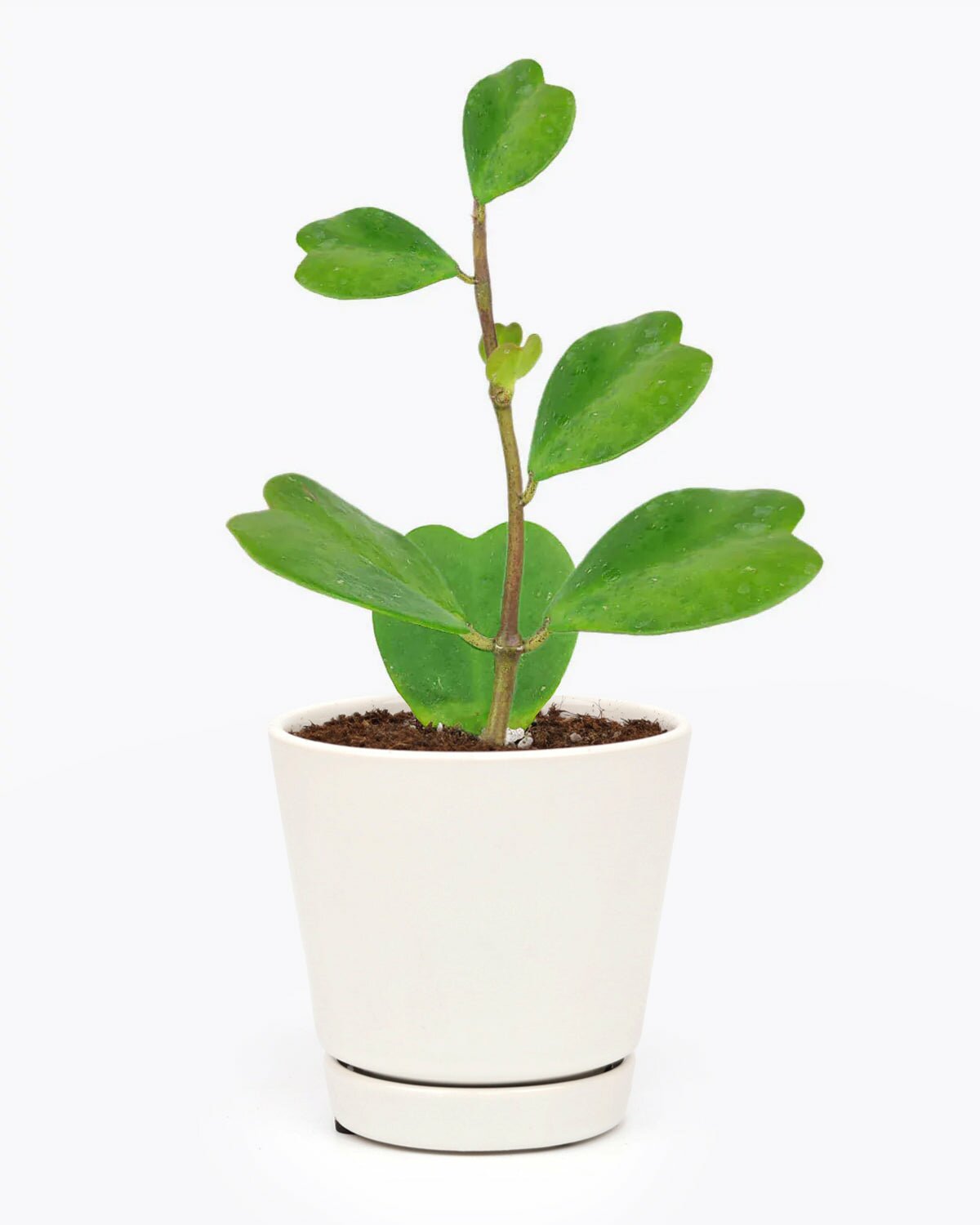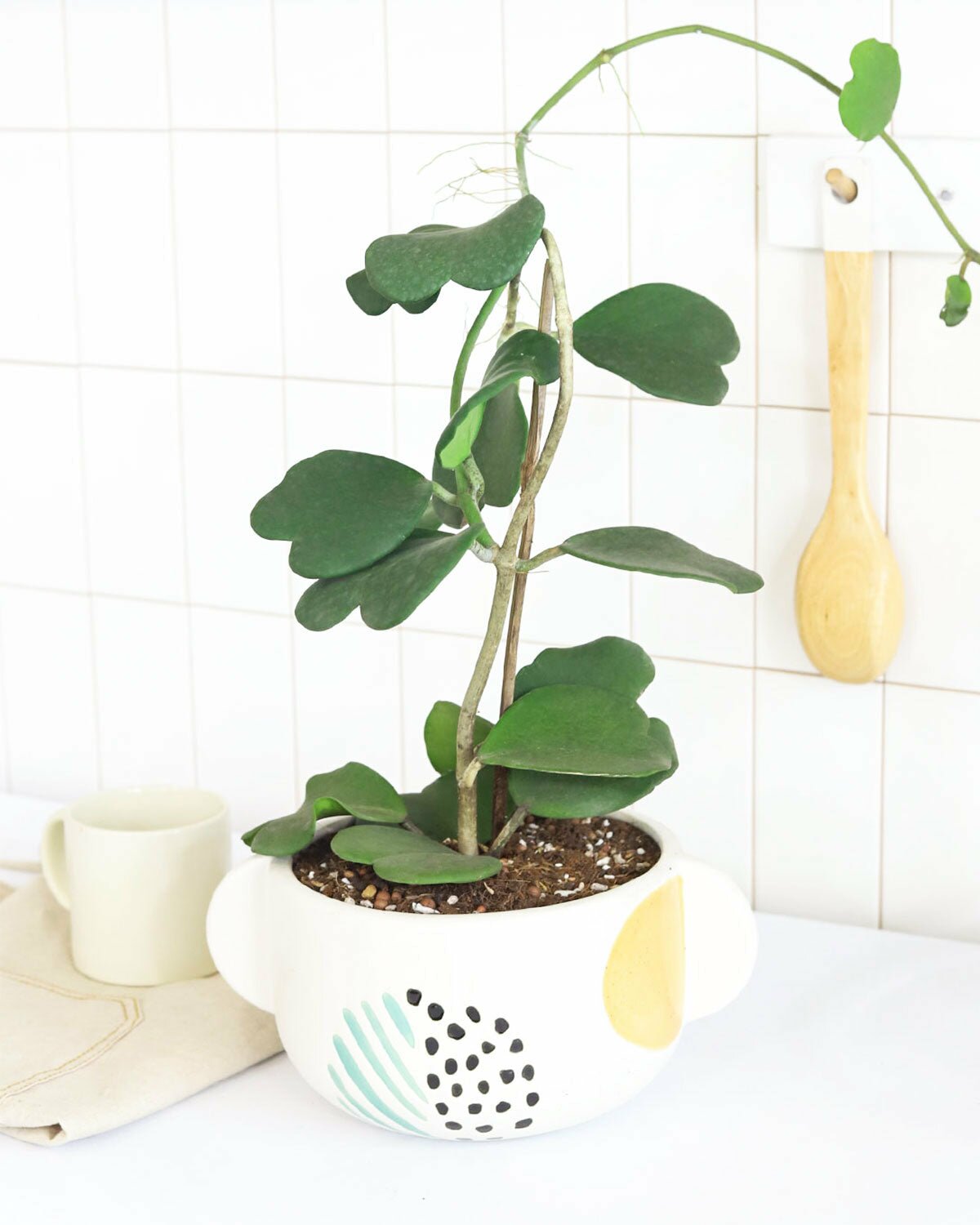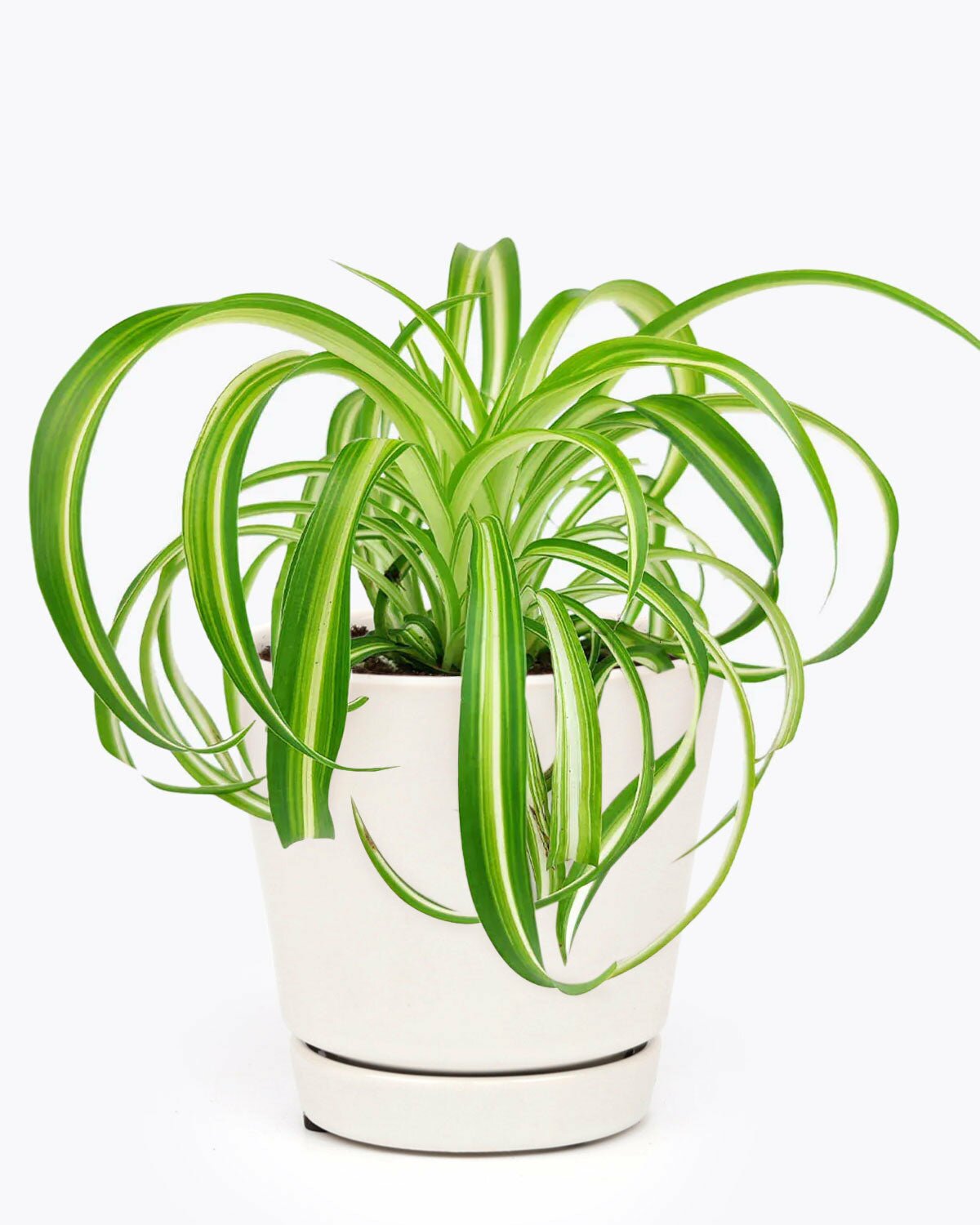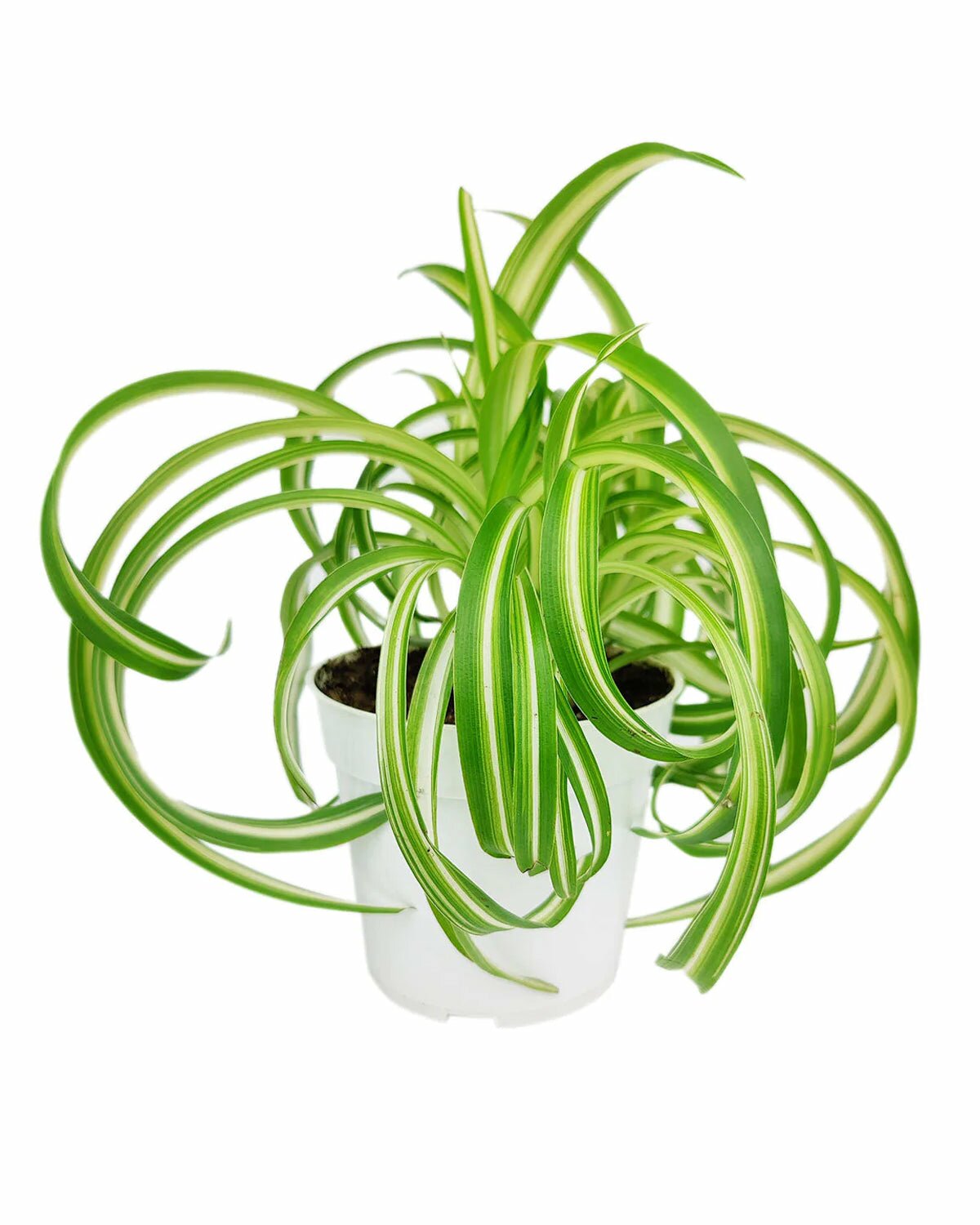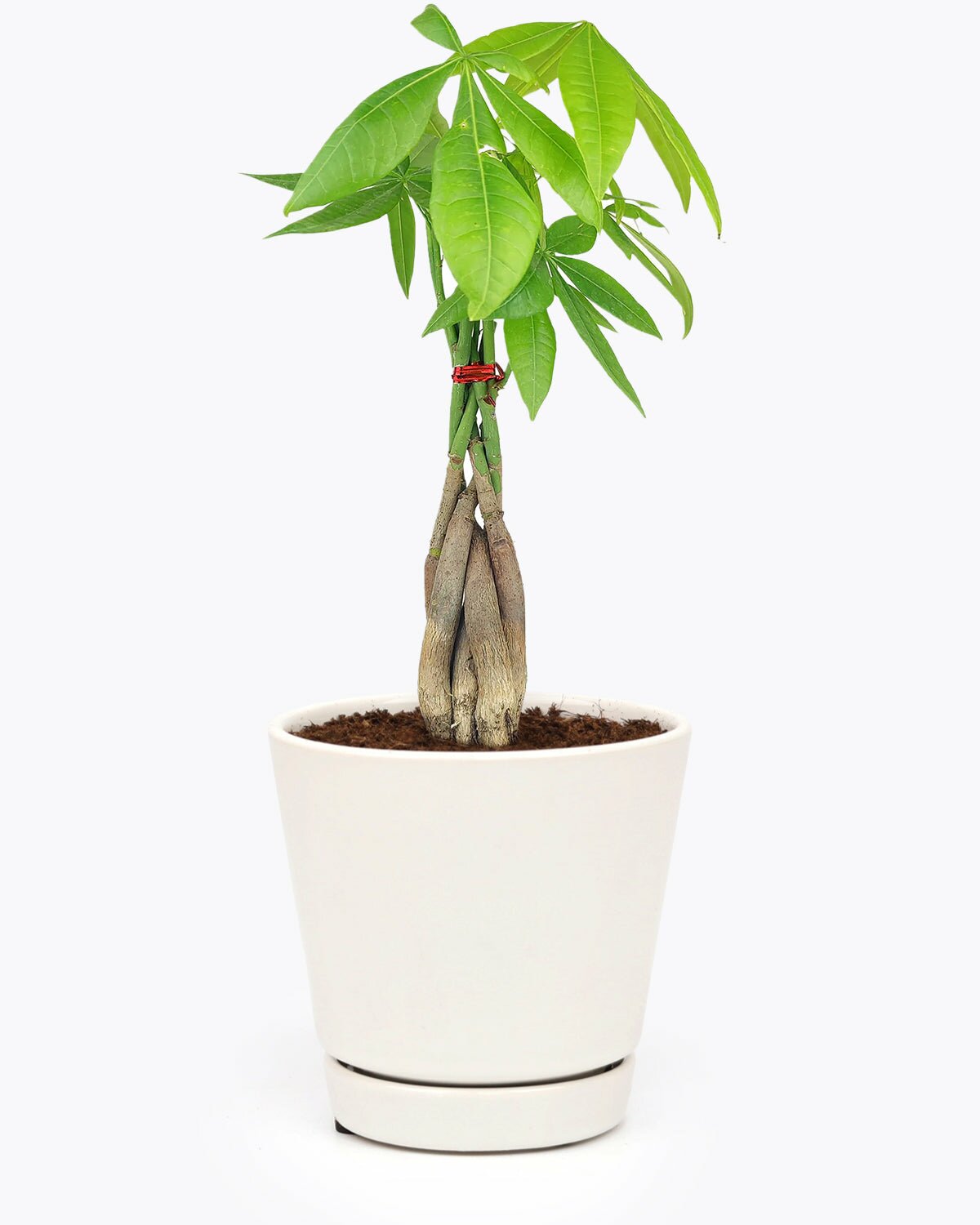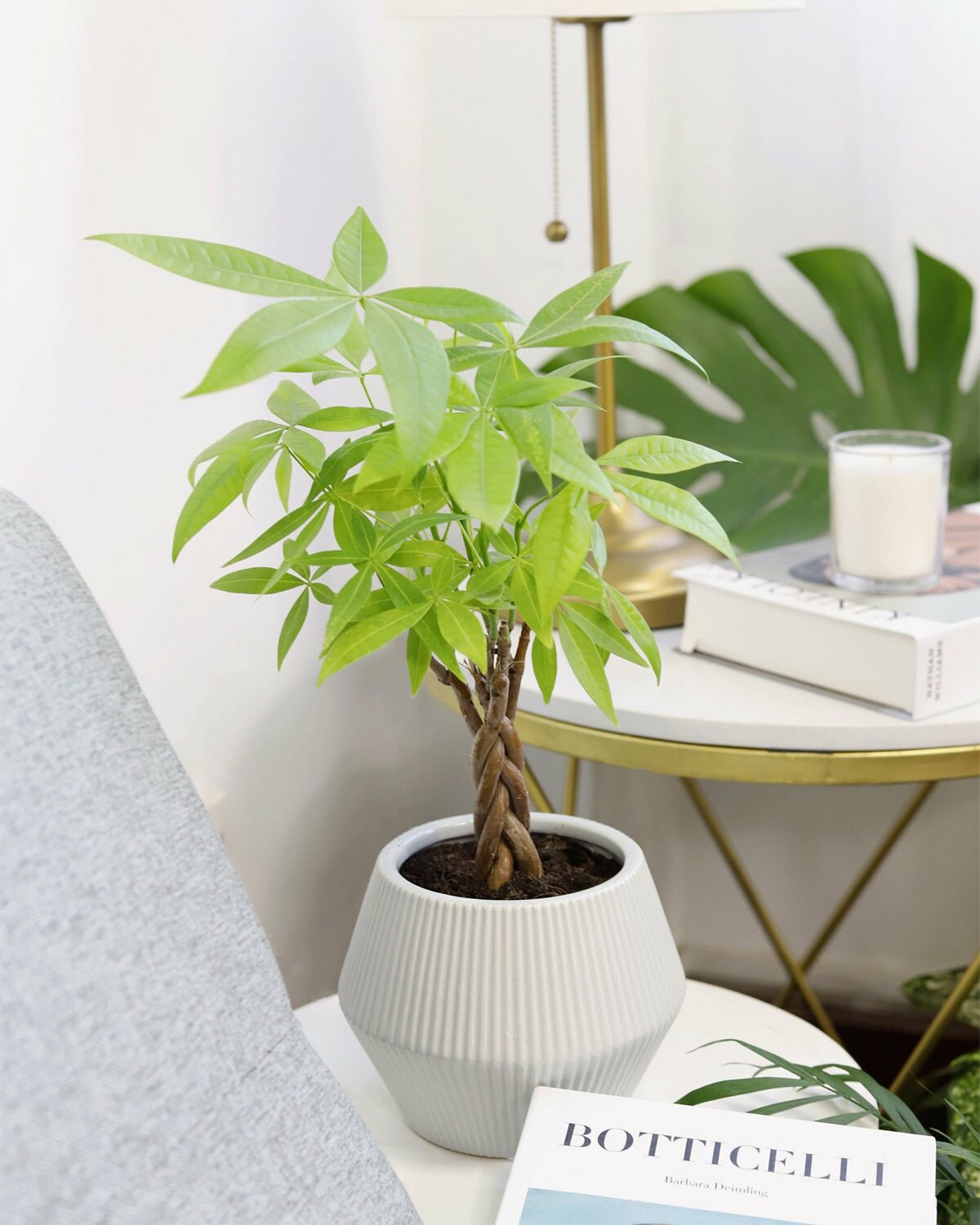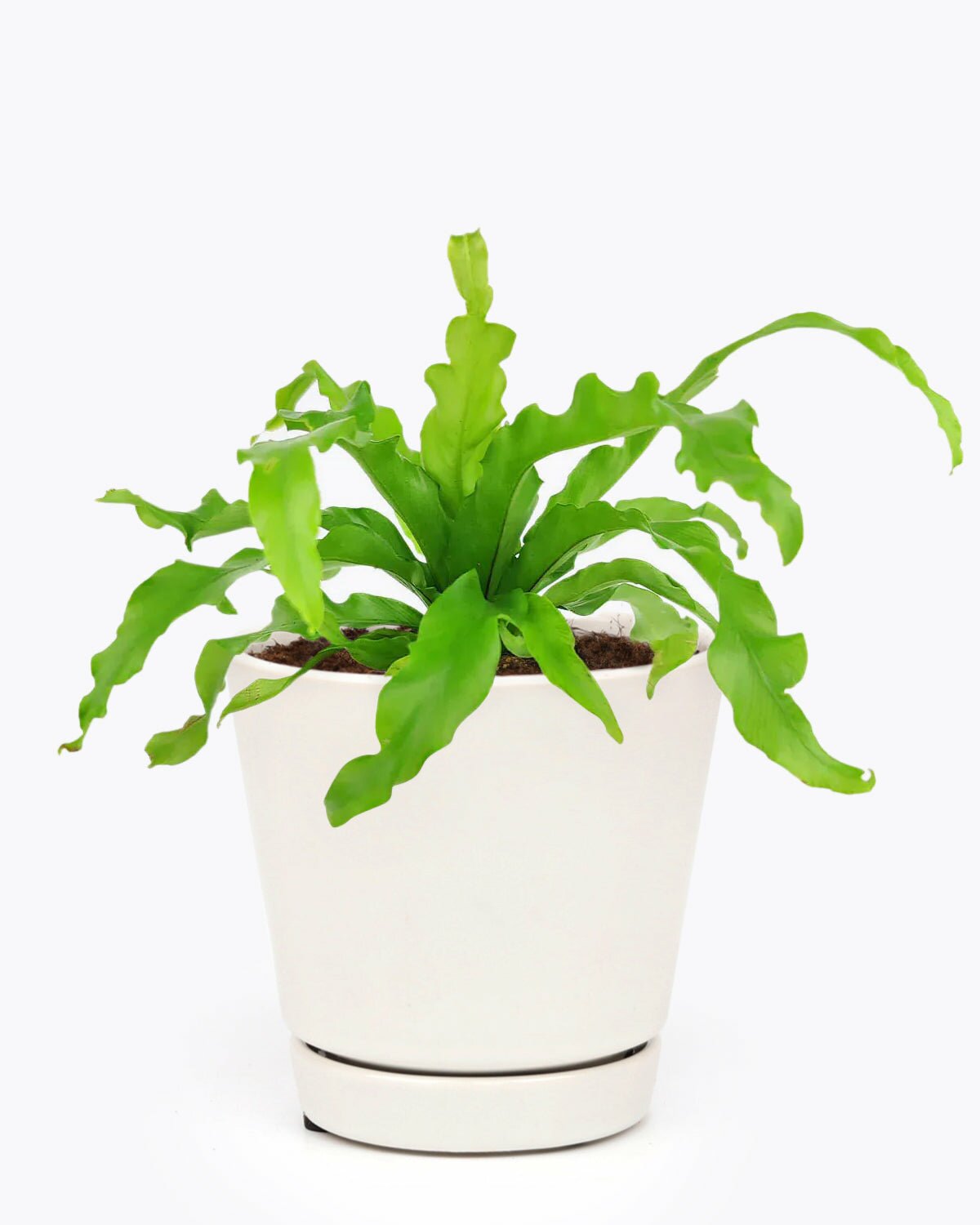-
-
- New Arrivals
- Sale
- Air-Purifying Houseplants
- Best Houseplants For Beginners
- Colorful Foliage Plants
- Easy & Low Light Houseplants
- Feng Shui Houseplants
- Flowering Houseplants
- Large Houseplants
- Medium to Bright Light Houseplants
- Pet friendly Houseplants
- Trailing & Climbing Houseplants
- Tree Type Houseplants
- Rare Houseplants
-
-
- Login

 Calathea
Calathea Philodendron
Philodendron Air-Purifying Houseplants
Air-Purifying Houseplants Best Houseplants For Beginners
Best Houseplants For Beginners